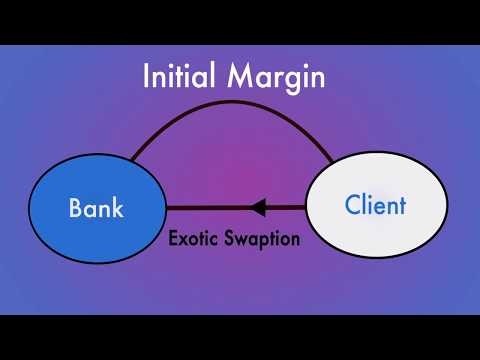Steering the Initial Margin Process to Determine Full MVA Cost

In April 2018, ISDA published its latest Margin Survey, which indicated a significant increase in the amount of Initial Margin (IM) posted by the largest 20 derivatives market participants for their non-cleared derivatives trades. According to that survey, IM collected by these top 20 firms increased by 22% to $130.6 billion at the end of 2017, compared with $107.1 billion at the end of March 2017. Of this, $73.7 billion, up 58% from $46.6 billion over the same period, was mandatory under the new regulatory IM requirements for non-cleared derivatives positions.
This confirms that the amount of IM being posted has been increasing steadily since the introduction of the new margin rules, as new transactions are subject to the IM requirements, and as new firms fall into scope. From the perspective of trading economics, IM requirements are impactful, owing to the associated funding costs. This is the role of margin valuation adjustments (MVA), which represents the cost of funding IM requirements over the life of a trade, or over the life of a portfolio. Market participants, however, need to recognize that managing complicated derivatives portfolios gives rise to complicated margin calculations.
Given this, what is the methodology for IM projections and MVA calculations in the context of the non-cleared derivative trade process? In this video, using exotic swaptions as an example, I set out to identify how IM requirements arise from client trades and the hedge trades they necessitate, with the aim of accurately determining the total MVA impact of the trade to the bank.


